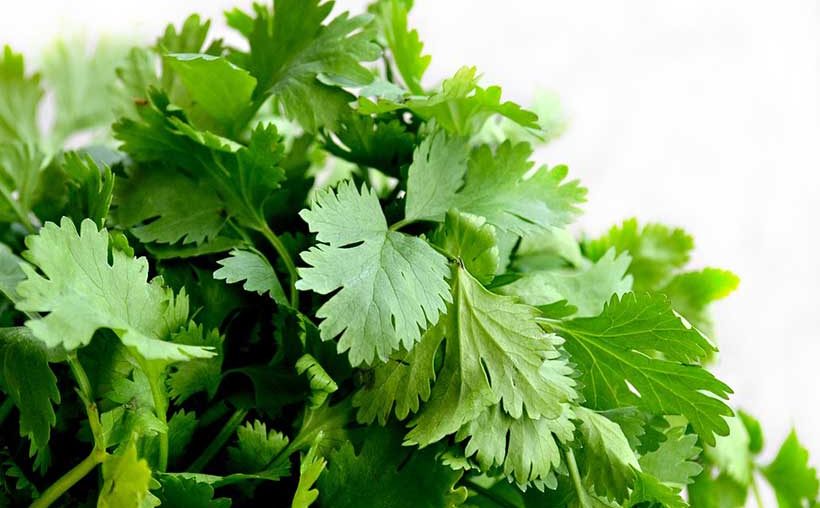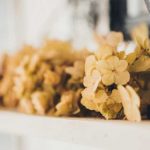Coriander is an aromatic plant of the family Apiaceae. It is particularly used in Asian, Indian and Oriental cuisine. Known for its taste similar to a mixture of lemon and sage, coriander is the ideal food to enhance a dish! How to grow coriander in pots as in the garden? We make the point in this article.
When to sow coriander
Coriander is usually sown between the months of April to May and August to November. Coriander is an aromatic herb that sows as well in spring as in autumn. It is however recommended to avoid sowing cilantro in summerbecause the plant does not support intense heat. In the face of drought, it may not develop properly.
Coriander grows particularly fast. In only 15 days, it is possible to observe the first shoots. It is therefore recommended to split the seedlings throughout the months indicated. Thus, you will enjoy coriander for a long time!
Where to sow coriander?
In the garden, coriander is the plant of all the compromises. She enjoys the sun and the light, but not the drought. It grows very well in warm, light soil, but it must also be humic. It resists without too much difficulty to cool temperatures, but should avoid frost and bad weather. Faced with the slightest difference, coriander goes to seed … It is always complex to find the right place on your land!
If your land is too acidicit is best to sow coriander in pots, on your terrace, or the edge of your window. For this, it will of course opt for a suitable container. The latter should measure 20 x 20 centimeters, and be filled to about 2/3.
There is of course different varieties of coriander. We find, for example, coriander called Lemon or coriander Delfino. Some are more conducive than others to pot cultivation. The differences between these species remain however minimal!
How to sow coriander?
To sow coriander, nothing is easier! According to your expectations in terms of quantity, plant in pockets or rows. For only a few coriander leaves, sowing in poquets is ideal. Just dig the soil a few inches deep, put it in 4 or 5 seeds, taking care to space them, and cover everything, without forgetting to water! Between each poquet, also think about leaving a gap of at least 20 to 30 centimeters.
If you want sow more coriander, plant in furrows will be the right method. Draw light lines in the ground. Place the seeds in them, always taking care to keep them apart. Cover with a centimeter of soil or special potting soil. Remember to pack well with the back of a shovel, before watering to keep the soil moist.
Throughout the development of your coriander, remember to water the plantation regularly. It is important that the soil remains moist, at least until you have planted. When your crop will have some leaves, consider aerating by cutting to about 20 centimeters. In case of high temperatures, it is also essential to water, because the coriander does not support the heat.
Along with your coriander, you can place anise, cabbage, carrot or even potatoes. Be careful however, coriander does not appreciate the presence of fennel. So be careful to organize your garden cleverly!
The diseases that lie in wait for coriander
Like many plants, coriander is not immune to disease. This aromatic herb is still one of the most resistant plants to the dangers of the garden!
Be careful about the eventuality presence of aphids around your coriander. The latter move in number. They could quickly ravage your plantation by sucking sap. If you watch your leaves become sticky and curl up on themselves, then they are probably affected by these pests.
However, rest assured, there are solutions to overcome this problem. First, take care to remove and burn the contaminated shoots. Indeed, these are very contagious, and the evil could quickly spread to others. Next, move the intruders away with a water jet. You can also spray your crop with a mixture of water and soap (black soap, or Marseille soap). This fully natural technique usually helps to overcome problem insects.
How to harvest coriander, and use it?
After a few months, your coriander will probably be ready for picking. You can harvest the coriander leaves as you go, according to your needs. For this, it will be a matter of delicately cutting the leaves with the help of a knife, very close to the ground.
Once your leaves are harvested, do not hesitate to dry them for 24 hours, in a dry place, kept away from light. Know that afterwards, coriander keeps very well. You can easily keep it for several years in the freezer. By cons, in the fridge, it will be necessary to consume within a few hours, see a few days.
It is also possible to extract coriander seeds, usually at the end of the summer or fall season. The latter are stored for a long time in an airtight jar.
Coriander is an aromatic herb with many virtues. It is of course possible to use it to cook, and to give taste to your dishes. Many culinary cultures use it very regularly. It will also have a place in your medicine cabinet! Indeed, coriander is known to fight digestive disorders. In essential oil, it is also ideal to relax, or simply repel lice!
You will understand, coriander is ideal for multiple uses! Do not deprive yourself of the many benefits of this plant in all areas.
Even more plantations:








